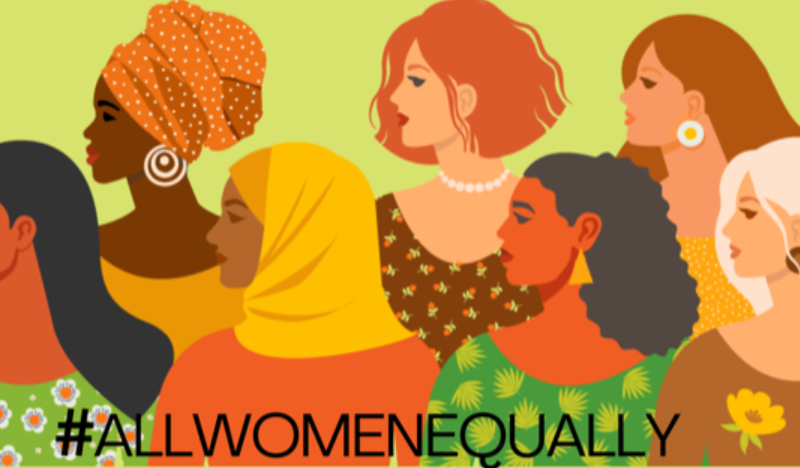Despite significant progress toward gender equality in the workplace, a persistent wage gap continues to afflict Latinas in the United States. As we mark Latina Equal Pay Day in 2023 on October 5, it highlights the sobering reality that Latinas must work additional days into the new year to match the typical annual earnings of their white, non-Hispanic male counterparts. This wage disparity results in a staggering cumulative loss of $1.2 million over the course of a 40-year career for Latina workers.
The wage gap has profound economic consequences for Latinas and their families. On average, Latinas experience an annual wage loss of $30,450, equivalent to $2,538 per month compared to white, non-Hispanic male workers. This financial setback can impede their ability to meet essential needs and achieve financial security.
Calculations by the National Women’s Law Center (NWLC) reveal the tangible impact of this wage gap. The annual wage loss suffered by Latinas could cover nine months of childcare expenses, provide six months of rent payments, or supply 14 months of family groceries. These figures underscore the urgency of addressing pay disparities that disproportionately affect Latinas and their households.
The wage gap becomes even more pronounced when accounting for part-time and part-year workers, with Latinas earning just 52 cents for every dollar earned by white, non-Hispanic men in these categories. Despite the increasing labor force participation of Latinas, a significant proportion (15.9%) is overrepresented in low-paid occupations, a figure nearly double their overall workforce representation (8%).
Latinas working full-time in low-paid occupations, including roles such as housekeepers, cooks, nurses, and teachers, consistently earn less than their white, non-Hispanic male counterparts. This wage disparity directly affects the financial stability of Latinas, with almost 39% of those employed full-time in low-paying jobs and nearly half (48.1%) of part-time workers living in or near poverty, based on NWLC calculations from 2021.
While higher education is often seen as a pathway to increased earnings, data shows that educational attainment alone does not eliminate wage disparities for Latinas. Even those with professional degrees face substantial income gaps, with white, non-Hispanic men with similar qualifications earning over $62,000 more per year. These findings underscore the systemic nature of wage disparities that education alone cannot fully rectify.
The persistent wage gap confronting Latinas in the United States demands urgent attention and action. As we acknowledge Latina Equal Pay Day, it serves as a stark reminder of the pressing need to address the ongoing pay inequities faced by Latinas. Achieving wage equity requires multifaceted approaches, encompassing legislative reforms, workplace policies, and societal shifts to ensure that Latinas receive fair compensation and equitable opportunities in the workforce.
The ongoing wage gap faced by Latinas in the United States has enduring financial implications, affecting their economic security and well-being. As Latina Equal Pay Day serves as a reminder of this critical issue, efforts to address wage disparities must remain a priority. Achieving pay equity for Latinas requires comprehensive measures that encompass legislative changes, workplace policies, and broader societal shifts to ensure fair compensation and equal opportunities for all.








